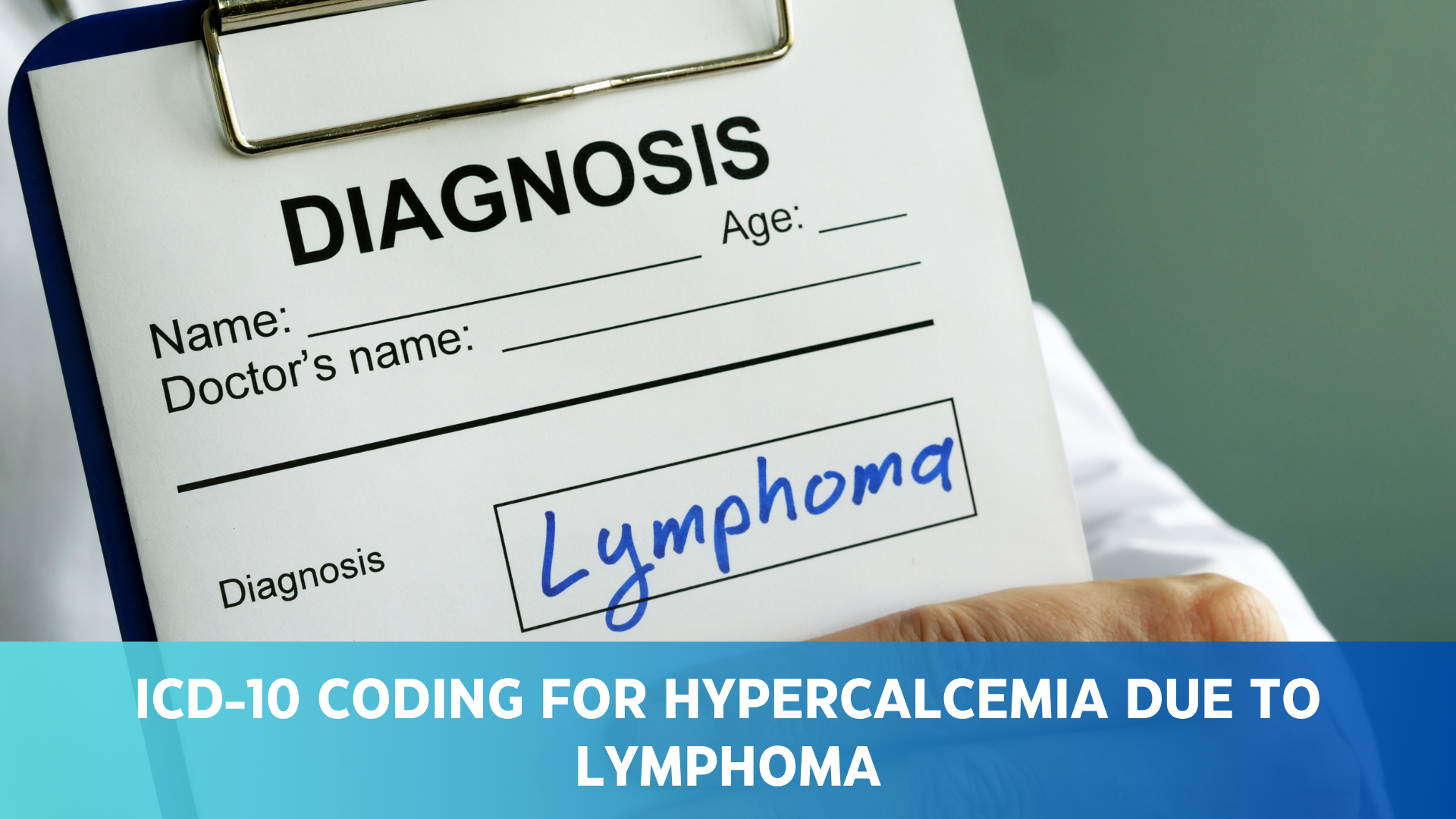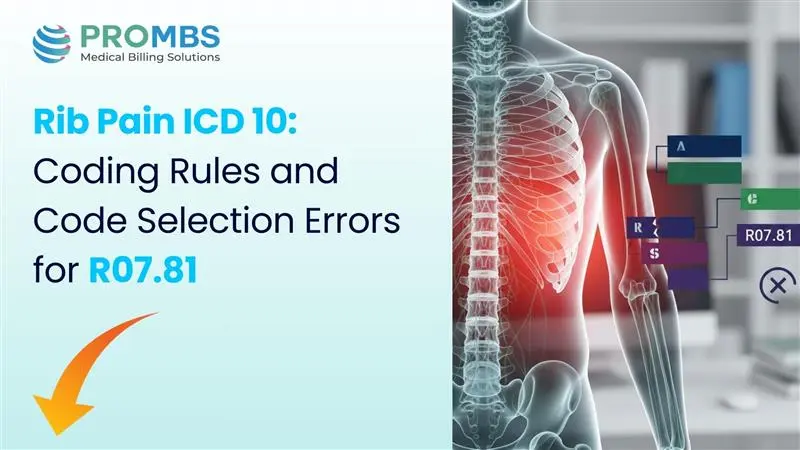Introduction
Hypercalcemia is a common metabolic complication seen in cancer patients, particularly those with lymphoma. When elevated calcium levels result from an underlying malignancy, proper ICD-10 coding becomes vital not only for clinical accuracy but also for reimbursement. Failing to document both the primary malignancy and the secondary condition can lead to claim denials or underpayments.
In this guide, we’ll explore how to correctly report ICD-10 Diagnosis Code for hypercalcemia secondary to lymphoma using ICD-10 codes, including code sequencing rules, supporting documentation requirements, and payer-specific guidance. Whether you're a provider, coder, or revenue cycle specialist, understanding the connection between ICD-10 Code E83.52 (Hypercalcemia) and ICD-10 Code C85.80 (Lymphoma, unspecified) will help you reduce coding errors and streamline oncology billing.
Understanding Hypercalcemia in Oncology
Hypercalcemia refers to elevated levels of calcium in the blood. In oncology, it often occurs as a paraneoplastic syndrome, particularly in lymphomas, breast cancer, and multiple myeloma. It may be due to tumor secretion of parathyroid hormone-related protein (PTHrP) or bone resorption due to metastasis.
Common Symptoms
- Fatigue
- Confusion
- Constipation
- Bone pain
- Cardiac arrhythmias
ICD-10 Diagnosis Code for Hypercalcemia: E83.52
Note: ICD-10 Code E83.52 is used for primary hypercalcemia but can be reported as a manifestation code when supported by clinical documentation linking it to an underlying cause such as lymphoma
Lymphoma and Its ICD-10 Classification
Lymphoma is a cancer of the lymphatic system and includes both Hodgkin and non-Hodgkin types. ICD-10 provides specific codes depending on the type and location.
Common ICD-10 Codes for Lymphoma:
| Code | Description |
|---|---|
| C85.80 | Other specified types of non-Hodgkin lymphoma, unspecified site (used when the type is known but does not fit into a more specific category) |
| C81.90 | Hodgkin lymphoma, unspecified, unspecified site |
Pro Tip: Use C85.80 only when the lymphoma is documented but does not correspond to a more specific ICD-10 classification. If the subtype is specified in the clinical notes, code accordingly.
Why Dual Coding Is Required
When a patient has hypercalcemia due to lymphoma, both the primary and secondary conditions must be reported. This is essential for:
- Clinical accuracy
- Reimbursement
- Data tracking for outcomes and research
Primary vs. Secondary Diagnosis
| Condition | ICD-10 Code | Sequence Priority |
|---|---|---|
| Lymphoma (primary) | C85.80 | First |
| Hypercalcemia (secondary) | E83.52 | Second |
Pro Tip Box: Always document the underlying malignancy first when hypercalcemia is a direct result of cancer.
Code Sequencing Rules
According to ICD-10-CM guidelines:
- The etiology (cause) should be listed first
- The manifestation (effect) should follow
In this case:
- C85.80 – Listed first
- E83.52 – Listed second
Use "due to" or "secondary to" language in documentation to justify code sequencing. Ensure the provider clearly links the two conditions in the medical record.
Documentation Tips for Oncology Coding
Payers require clear linkage between the primary and secondary conditions. Ensure documentation includes:
- Diagnosis of lymphoma
- Lab-confirmed hypercalcemia
- Phrase "secondary to lymphoma" or "due to malignancy"
- Treatment linkage (e.g., calcium-lowering therapy)
Common Pitfall: Listing hypercalcemia without mentioning the underlying cause. This can trigger denials.
Payer Rules and Billing Guidance
Medicare & Commercial Payers
- Require linkage between conditions
- Expect evidence in clinical notes and lab results
Oncology-Specific Plans
- May ask for supporting documentation like imaging or pathology
- Use Z codes for encounter reasons if applicable (e.g., Z51.11 for chemotherapy)
PROMBS Tip: We verify that all clinical documents include ICD-10-compatible linkage language to prevent denials across payers.
Real-World Example
Case: A 58-year-old male with non-Hodgkin lymphoma presents with fatigue, confusion, and elevated calcium (13.5 mg/dL). Oncology notes link hypercalcemia directly to the lymphoma.
Correct Coding:
- C85.80 – Non-Hodgkin lymphoma
- E83.52 – Hypercalcemia
Add modifier or treatment codes as required based on payer.
Secondary Condition Coding: Key Considerations
When reporting secondary conditions:
- Use appropriate sequencing
- Justify with clear medical necessity
- Link conditions in clinical notes
This coding strategy supports optimal reimbursement and lowers audit risk.
Benefits of Accurate Oncology Coding
- Reduced denials due to clearer medical justification
- Faster reimbursement from aligned documentation
- Better patient care tracking through complete diagnosis profiles
- Improved analytics for case management and population health
How PROMBS Helps
We specialize in complex oncology coding, including dual diagnoses like hypercalcemia secondary to lymphoma. Our certified coders:
- Ensure sequencing follows payer rules
- Review provider documentation for compliance
- Reduce claim denials through accurate code assignment
- Deliver billing clarity that gets you paid faster
Ready to simplify your oncology billing?



